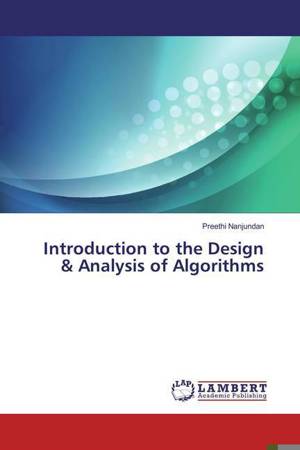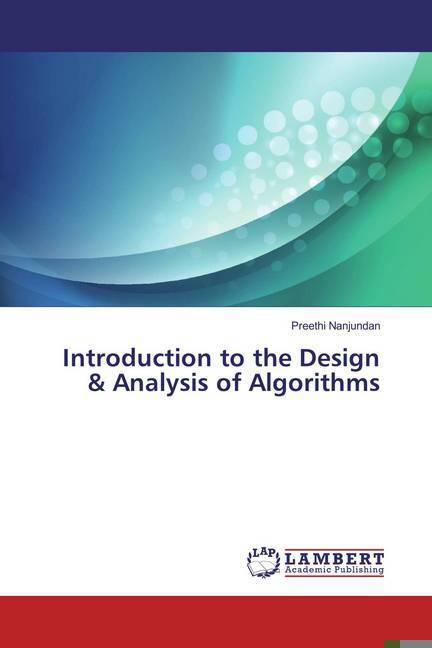
- Afhalen na 1 uur in een winkel met voorraad
- Gratis thuislevering in België vanaf € 30
- Ruim aanbod met 7 miljoen producten
- Afhalen na 1 uur in een winkel met voorraad
- Gratis thuislevering in België vanaf € 30
- Ruim aanbod met 7 miljoen producten
Zoeken
€ 81,95
+ 163 punten
Omschrijving
Algorithms play the central role both in the science and practice of computing. Recognition of this fact has led to the appearance of a considerable number of textbooks on the subject. There are three principal reasons for emphasis on algorithm design techniques. First, these techniques provide a student with tools for designing algorithms for new problems. This makes learning algorithm design techniques a very valuable endeavor from a practical standpoint. Second, they seek to classify multitudes of known algorithms according to an underlying design idea. Learning to see such commonality among algorithms from different application areas should be a major goal of computer science education. After all, every science considers classification of its principal subject as a major if not the central point of its discipline. Third, in, algorithm design techniques have utility as general problem solving strategies, applicable to problems beyond computing.
Specificaties
Betrokkenen
- Auteur(s):
- Uitgeverij:
Inhoud
- Aantal bladzijden:
- 268
- Taal:
- Engels
Eigenschappen
- Productcode (EAN):
- 9783659890222
- Uitvoering:
- Paperback
- Afmetingen:
- 150 mm x 220 mm

Alleen bij Standaard Boekhandel
+ 163 punten op je klantenkaart van Standaard Boekhandel
Beoordelingen
We publiceren alleen reviews die voldoen aan de voorwaarden voor reviews. Bekijk onze voorwaarden voor reviews.








